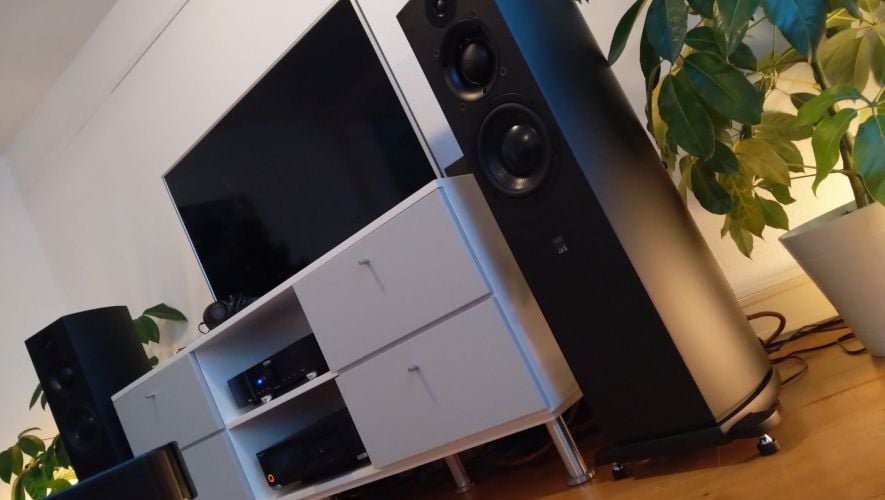

Intro
Contents
Time flies! In fact, your author was a bit shocked by it. Google Photos showed some “memories”: the installation of two ash black ATC SCM40A. That was almost exactly one year ago (Christmas 2023). Fortunately, it was a very pleasant year. Musically, that is… What is it like now to live with two active ‘studio speakers’?
Frankly, we haven’t looked back for a second. Privately, your author would never want anything else anymore. The advantage of an amplifier, build ín the speaker is simply enormous. We heard both the passive and active version and honestly: after three seconds it was clear that the active version is the better one. At least… that’s your authors opinion.
The active version has more grunt. More speed. And is also more neutrally tuned. That will have to do with the matching of amplifier and units. And perhaps to the fact that there is no need for long speaker cables that kill the damping factor. And that the amplifiers per unit are perfectly tuned to the spectrum within which they have to operate…. And absolute phase correctness, because ATC corrects everything at the factory ín the amplifier.
Oh: and the speakers are matched within 0.5dB! That seems logical, but we guarantee you that this is absolutely not the case. And yes: there are deviations in units, components and thus response.
Anyway… we digress again.
Calmness

What was especially noticed during the year is how much grip this loudspeaker has on the music. Not only that you can play very loud, but also the speed and authority that this speaker lets you hear.
This grip, speed and also authority is mainly in the midrange. The center unit is truly a gem. It is unprecedentedly smooth and also grain-free (if that is even a word). And this is completely independent of genre. Whether it’s Metallica, Tool, Radiohead or a piece of classical music or house: the ATC eats everything. And does so with taste and willingness.
Placement is different

Now, it is important to note that placing these speakers is slightly different. Anyone who practically always places passive bass reflex speakers will be used to keeping distance from the rear wall. That is not necessary with these ATCs. They are a closed system (more on this later). They need to be reasonably close to the wall to generate some bass pressure.
That did feel a little crazy at first…. because doesn’t that f*** up the stereo image? No. Although it is different from the TADs we have at the office. Those play significantly larger than these active ‘studio speakers’. The ATCs project more a stage where the TADs drown you in a bubble. Both have advantages and disadvantages.
Closed-back bass?
Like many enthusiasts, your author has lived with bass reflex for a long time. And yes: that can play beautifully. And admittedly: the step to a closed system is not always easy if you are used to the “round” sound of a bass reflex. Know, however, that it is mostly coloration. That can be very nice, but it is coloration nonetheless.
I started to notice this especially after a longer time. The more listening time that has gone into the ATC SCM40As, the more the coloration – and slowness – of a bass reflex has become noticeable. It “buzzes,” so to speak. It’s sometimes very subtle, but it’s there. (For those wondering: the TADs in the office do not have a bass reflex system…this works differently :-))
The bass kick of these ATCs is instant. No buzz. No hum… no “huffing”. Just a bass kick. Just like you hear in live music. And yes: that is addictive and gives an awful lot of calmness in the playback.
Another advantage is that the sound blance is not dependent on the volume. Even softly, the bass is still correct. And this is certainly not the case with bass reflex systems that have a sweet spot.
Now the ATC SCM40As go down to about 50 Hz. And no: that’s not very deep, considering the size. So for some, a subwoofer will be nice. We tried one of the smaller subs: the ATC C1 MK2. We honestly just don’t like that one very much. Now we have the ATC C4 for review and it does bring what we are looking for…What a wonderful extra foundation this subwoofer adds! Unfortunately, it is rather large for a normal living room (and it is not cheap!).
Now we must also be realistic: with a lot of music, a subwoofer is not indispensable. We often think that a lot happens below 60 Hz, but this is not really the case. What a subwoofer does bring is space and freedom in the midrange and treble. At least that’s what your author notices every time a subwoofer is added. But is a subwoofer really necessary with the SCM40A? No…





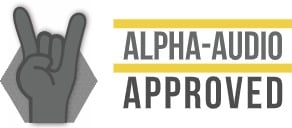
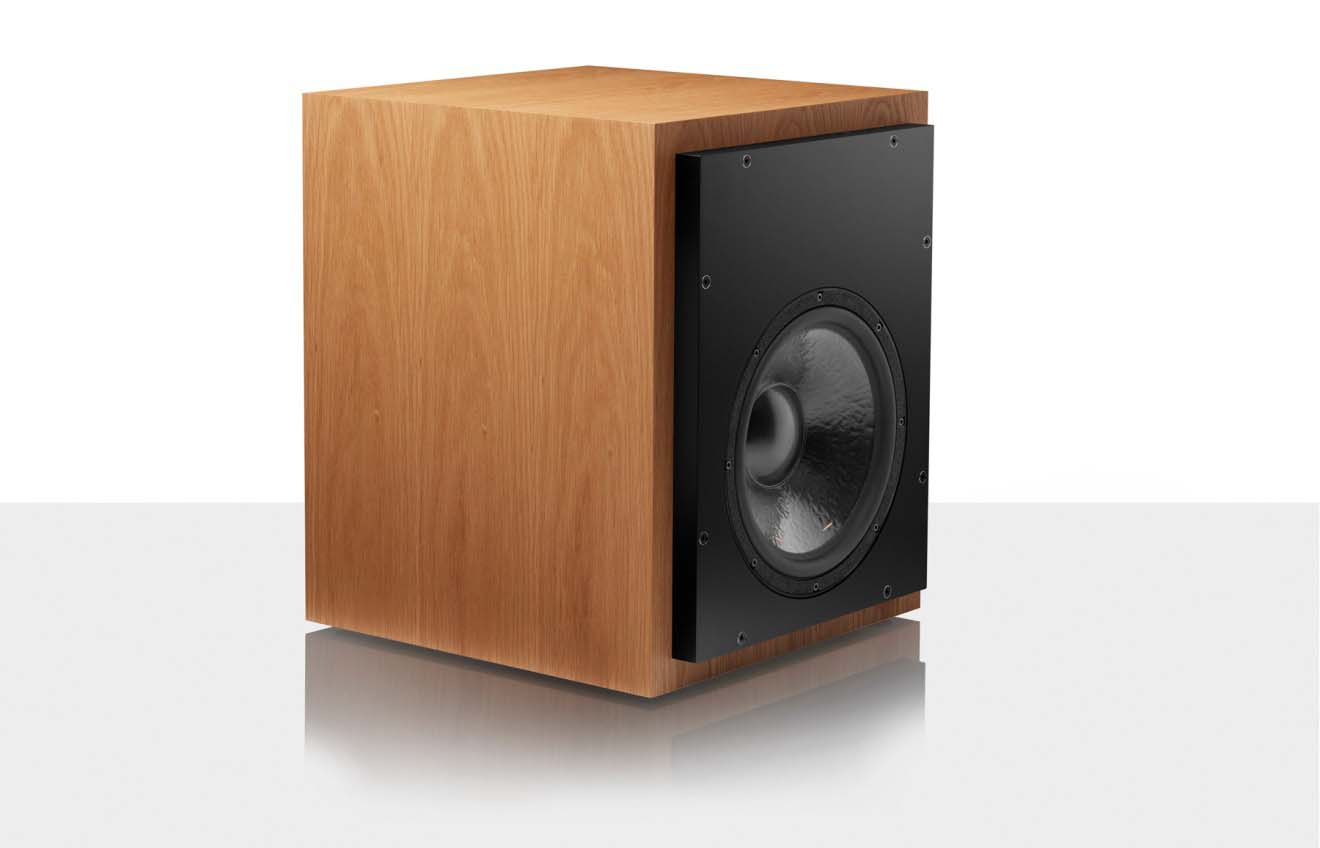
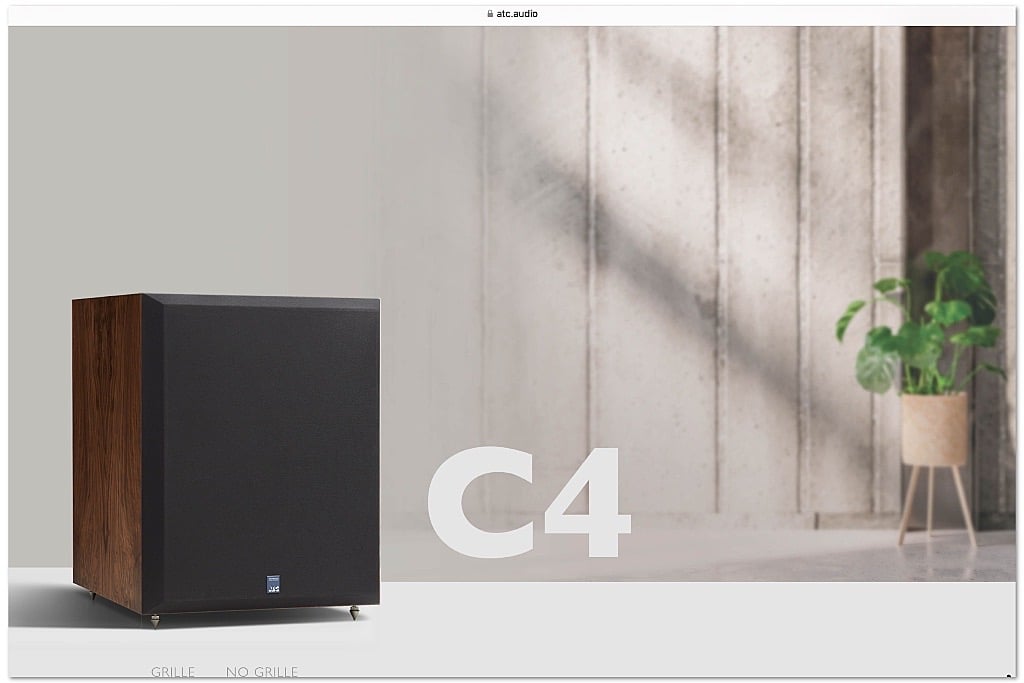
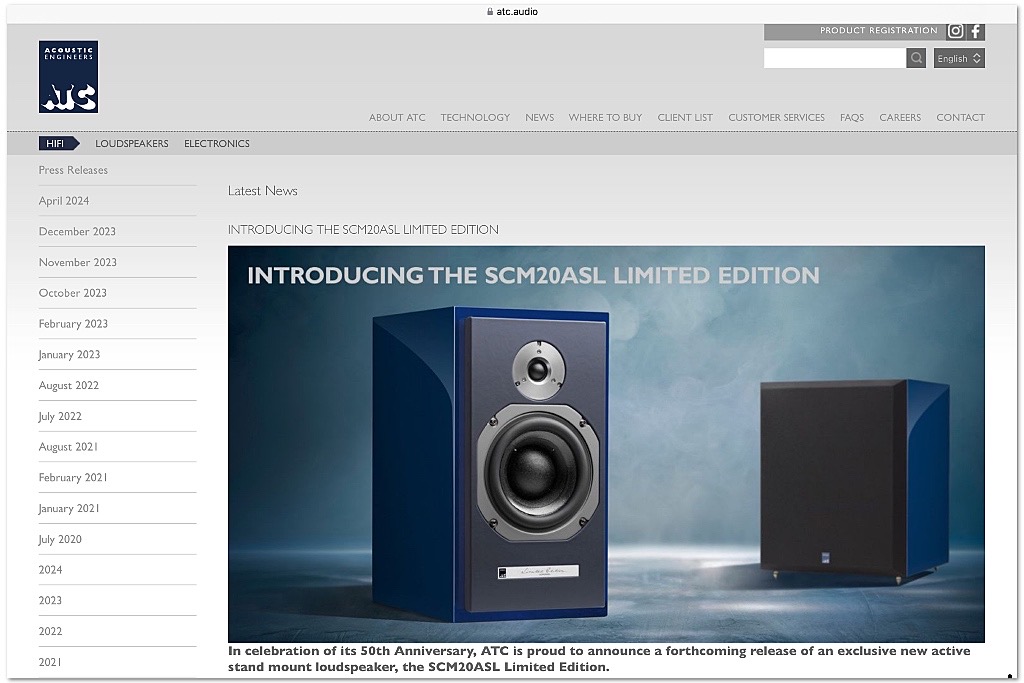
Goedemiddag Jaap,
Mooi te lezen dat je zo tevreden bent over en met de ATC’s
Zelf speel ik sinds maart ’21 met een set (witte) scm40a’s
In 47 aar audio veel geluisterd, in bezit gehad maar deze luidsprekers…..tja, voor mij geen anderen meer
Staan aangesloten op een Benchmark LA4, een Benchmark DAC3b met daaraan een Cambridge 851N en een Cambridge 851C
Bekabeling (coax) tussen DAC cd-speler en streamer van Benchmark
Tussen DAC, VV en de ATC ‘s Grimm TPR
Resultaat: directheid, stage, power, subtiliteit en altijd “live”
In één woord, verslavend!!
Ben in mijn audio-leven alle jaren op zoek geweest naar dit geluid, deze sound en performance…love it!!
Klinkt als een erg mooie stack!
As I have already mentioned many times, the speakers of my second system (the first is “hijacked” by the TV) are some KEF Q100 5.15″ coaxial that I modified. One of the improvements was to plug the front bass-reflex (poorly designed). I recover lost bass with EQ (JRiver MC 64 bits).
When the source is the computer you can do the same with those ATCs.
The ATCs are closed by design.
I know. The key is you can EQ the low frequencies to have more bass.
48 Hz
Q=1
Gain < 3 dB
Class ABm 242W Class AB triamplifier
32W for the tweeter
60W for the midrange
150W for the bass driver
Yes
August 16, 2021
Review ATC SCM40 floorstanding speaker – Magic Midrange
https://www.alpha-audio.net/review/review-atc-scm40-floorstanding-speaker-magic-midrange/
That is the passive one.